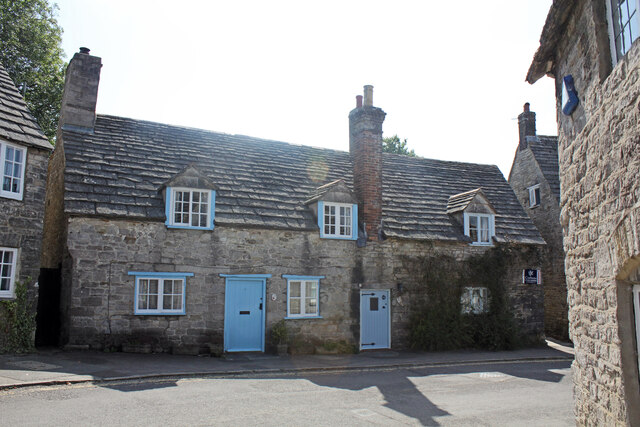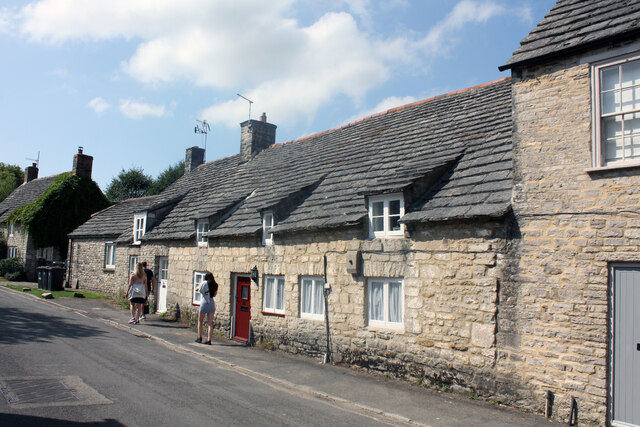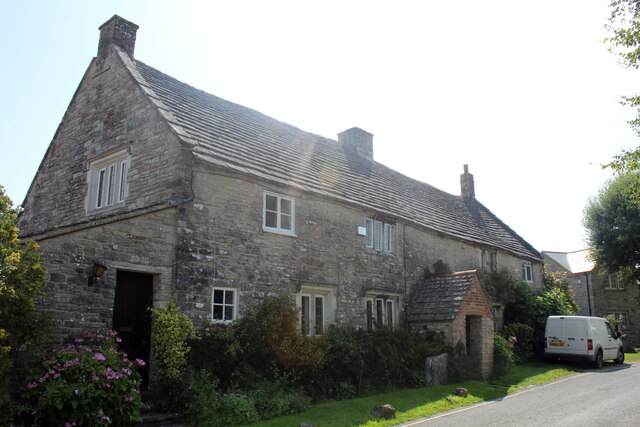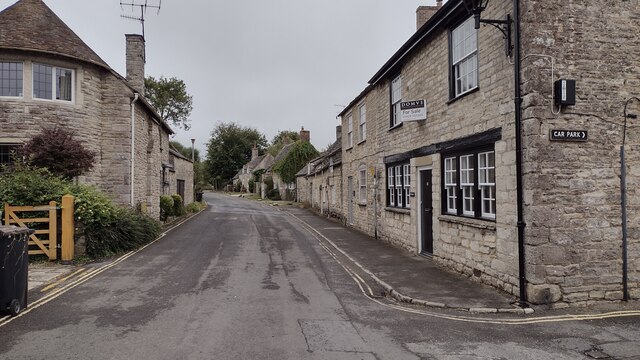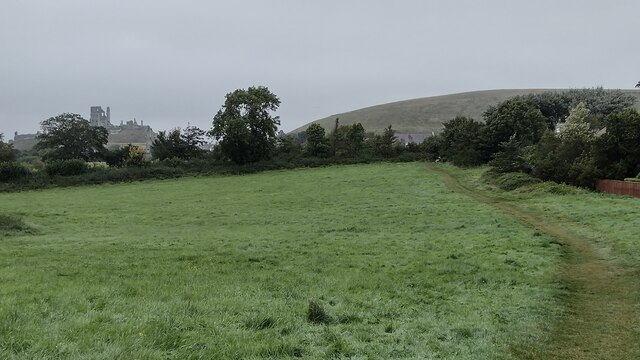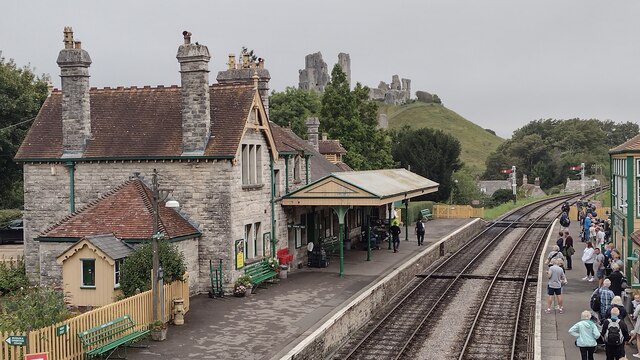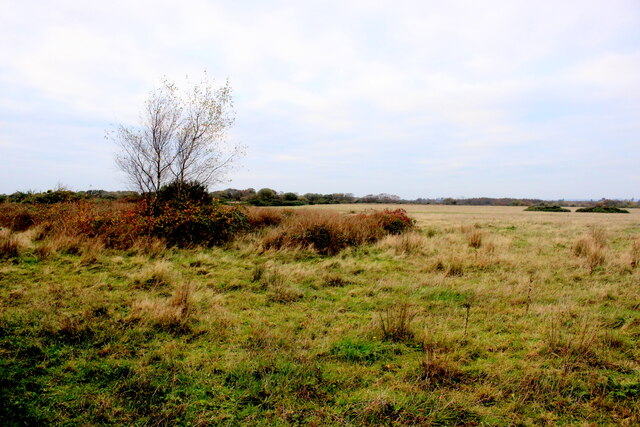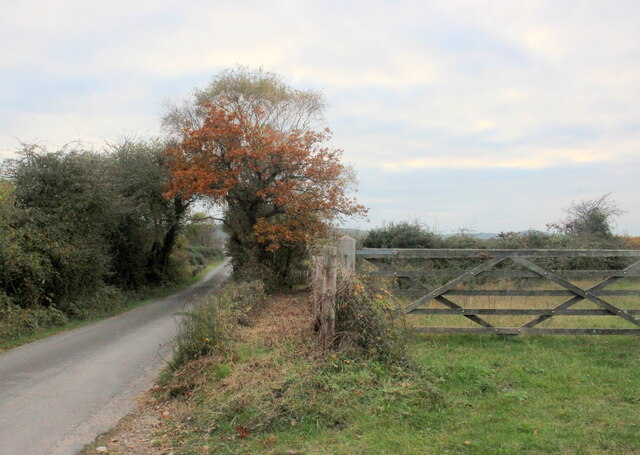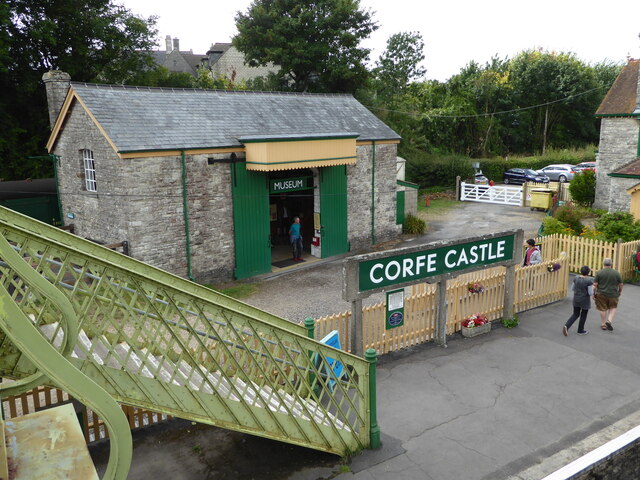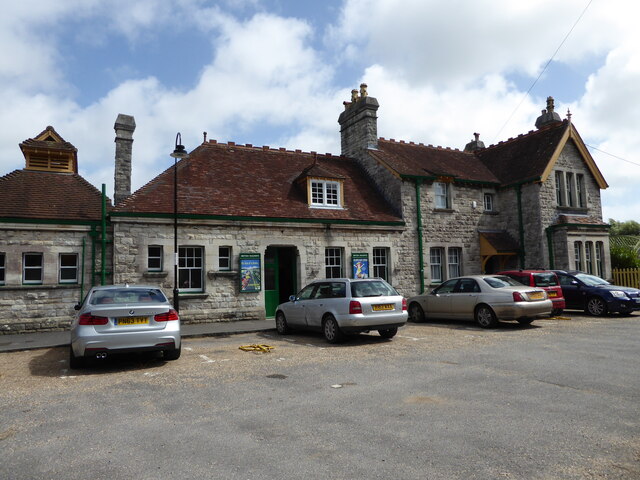Keeper's Copse
Wood, Forest in Dorset
England
Keeper's Copse
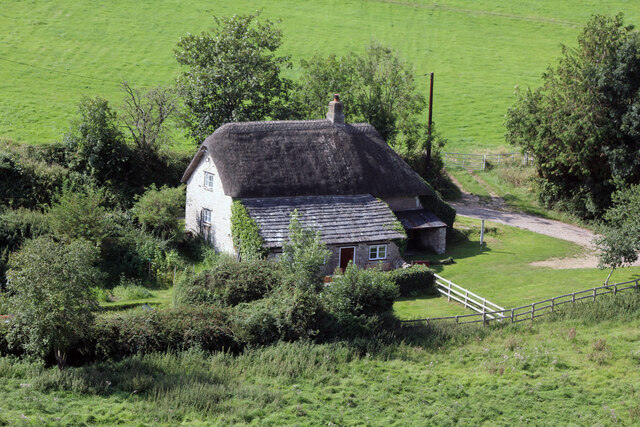
Keeper's Copse is a picturesque wood located in the county of Dorset, England. Covering an area of approximately 30 acres, it is nestled in the heart of the Dorset countryside and is known for its natural beauty and tranquil atmosphere. The copse is situated near the village of Wareham, offering easy access for both locals and visitors.
The woodland is predominantly made up of broadleaf trees, including oak, beech, and ash, which create a dense canopy overhead. These majestic trees provide shade and shelter for a variety of wildlife that call Keeper's Copse their home. Visitors will often spot birds such as woodpeckers, owls, and thrushes, as well as small mammals like squirrels and hedgehogs.
The forest floor of Keeper's Copse is rich with a diverse range of plant species, including bluebells, primroses, and wild garlic, which create a vibrant carpet of color during the springtime. Walking along the well-maintained paths that crisscross the copse, visitors can enjoy the peaceful ambiance and the soothing sounds of nature.
Keeper's Copse is also a popular spot for nature enthusiasts and photographers, who appreciate the opportunity to capture the beauty of the wood in various seasons. The copse is particularly scenic during autumn when the trees transform into a kaleidoscope of red, orange, and gold.
With its natural charm and serene atmosphere, Keeper's Copse offers a tranquil retreat for those seeking a peaceful escape amidst the beauty of Dorset's countryside.
If you have any feedback on the listing, please let us know in the comments section below.
Keeper's Copse Images
Images are sourced within 2km of 50.645167/-2.0403687 or Grid Reference SY9782. Thanks to Geograph Open Source API. All images are credited.

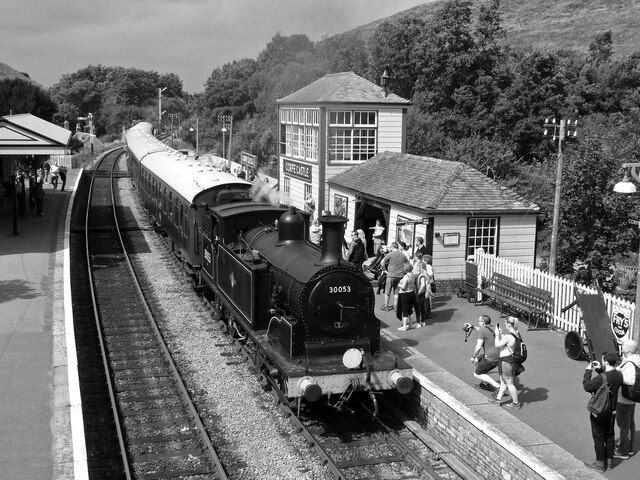
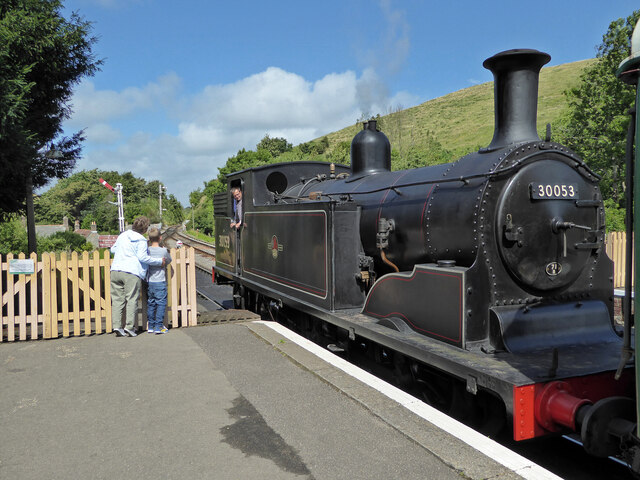
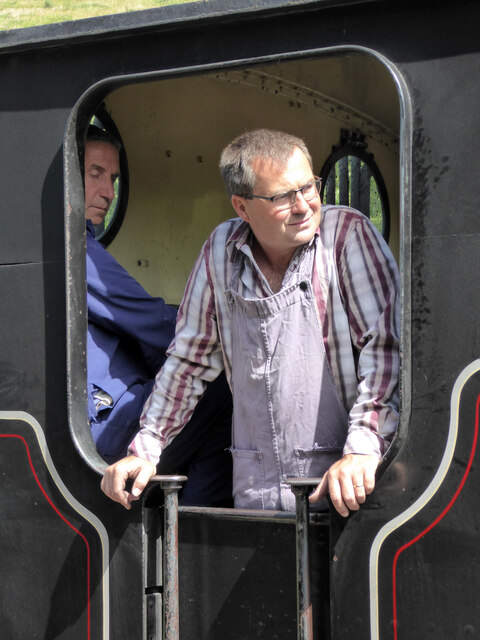
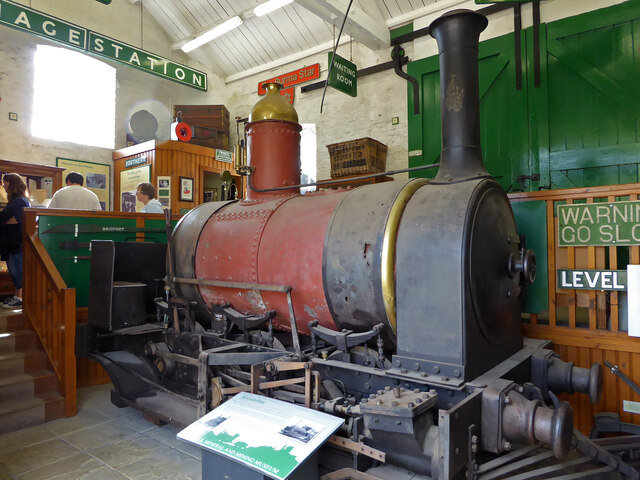
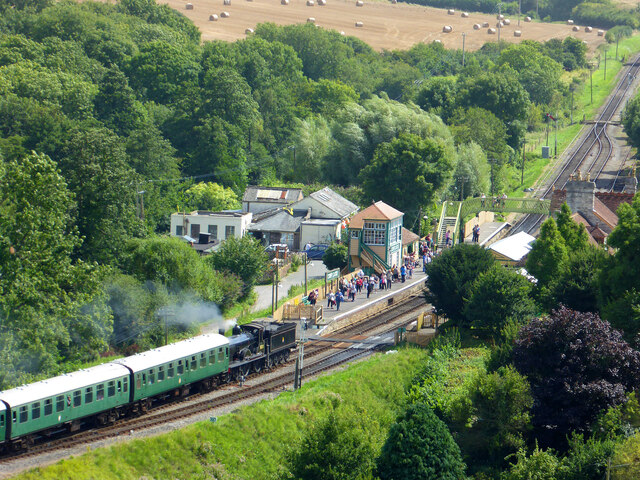
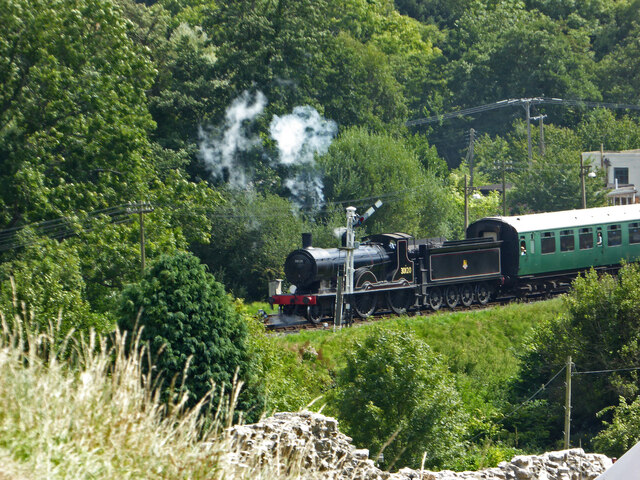

Keeper's Copse is located at Grid Ref: SY9782 (Lat: 50.645167, Lng: -2.0403687)
Unitary Authority: Dorset
Police Authority: Dorset
What 3 Words
///relocated.held.frizz. Near Corfe Castle, Dorset
Nearby Locations
Related Wikis
Brenscombe Heath
Brenscombe Heath (grid reference SY985829) is a 34.7 hectare biological Site of Special Scientific Interest in Corfe Castle, Dorset, notified in 1985....
Corfe Castle railway station
Corfe Castle railway station is a railway station located in the village of Corfe Castle, in the English county of Dorset. Originally an intermediate...
Mortons House Hotel
Mortons House Hotel in Corfe Castle in Dorset, is a building of historical significance and is Grade II* listed on the National Heritage List for England...
Corfe Castle
Corfe Castle is a fortification standing above the village of the same name on the Isle of Purbeck peninsula in the English county of Dorset. Built by...
Corfe Castle Hundred
Corfe Castle Hundred was a hundred in the county of Dorset, England, containing only the parish of Corfe Castle. It was sometimes also referred to as Corfe...
Corfe Castle (village)
Corfe Castle is a village and civil parish in the English county of Dorset. It is the site of a ruined castle of the same name. The village and castle...
Corfe Castle Town Hall
Corfe Castle Town Hall is a municipal building in West Street, Corfe Castle, Dorset, England. The town hall, which is currently used as a museum, is a...
Isle of Purbeck
The Isle of Purbeck is a peninsula in Dorset, England. It is bordered by water on three sides: the English Channel to the south and east, where steep cliffs...
Nearby Amenities
Located within 500m of 50.645167,-2.0403687Have you been to Keeper's Copse?
Leave your review of Keeper's Copse below (or comments, questions and feedback).
